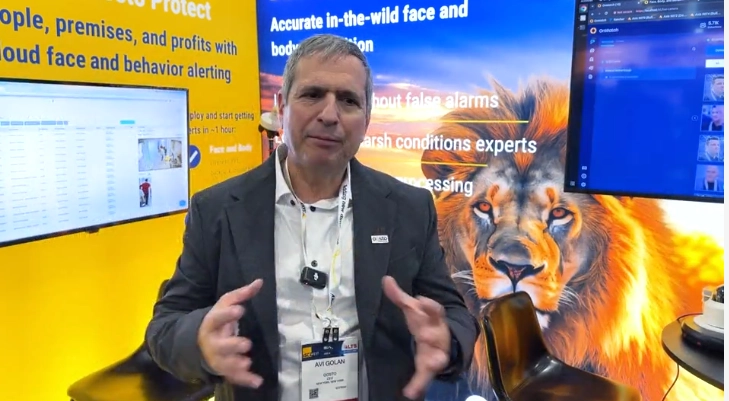Facial recognition technology has become increasingly valuable for vulnerable populations due to advancements in technology. The integration of this technology with behavior analytics can improve safety and operational efficiency in sensitive environments such as assisted living facilities. Avi Golan, CEO of Oosta, and Dieter Joecker, CTO, discussed the strategic deployment of these technologies to quickly identify and respond to incidents in critical environments.
Golan used the example of how facial recognition technology could be used to locate missing persons in assisted living complexes. In the case of someone leaving a memory care facility, the ability to quickly identify the person and track their movements can be essential in ensuring their safety. This use case demonstrates the practical applications of this technology in enhancing the safety and security of vulnerable populations.
By leveraging facial recognition technology in sensitive environments such as assisted living facilities, organizations can improve their ability to respond to incidents promptly and effectively. The ability to quickly identify individuals and track their movements can be crucial in ensuring the well-being of vulnerable populations in various settings. By embracing these technologies, organizations can create safer environments for those in their care.
Overall, facial recognition technology offers significant benefits in improving safety and operational efficiency in environments where constant monitoring is necessary. The integration of behavior analytics further enhances this technology’s capabilities by allowing for more accurate analysis of an individual’s behavior patterns, which can help identify potential risks or issues before they become major problems.
The deployment of facial recognition technology and behavior analytics has proven particularly beneficial for vulnerable populations such as those with dementia or other cognitive impairments who require constant monitoring. These technologies have also been used successfully in healthcare settings such as hospitals or clinics, where they have helped improve patient care by quickly identifying patients who may need additional attention or support.
In conclusion, advancements in technology have made facial recognition technology valuable for vulnerable populations by enabling them to safely monitor critical environments such as assisted living facilities. By integrating this technology with behavior analytics, organizations can enhance its capabilities further by allowing for more accurate analysis of an individual’s behavior patterns. With these tools at their disposal, organizations can create safer environments for those under their care while ensuring operational efficiency.


